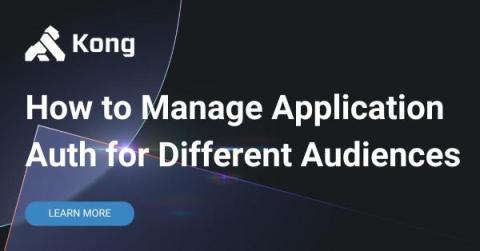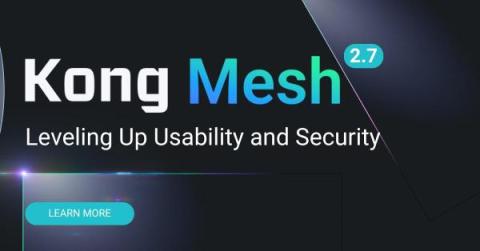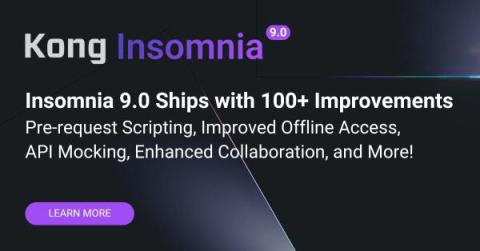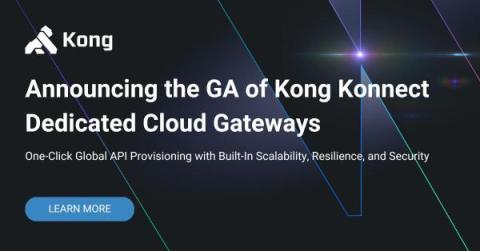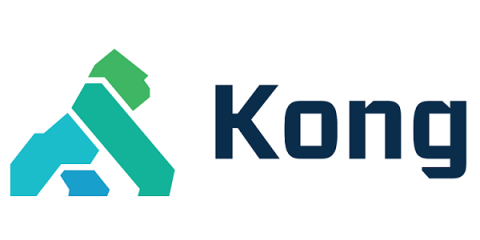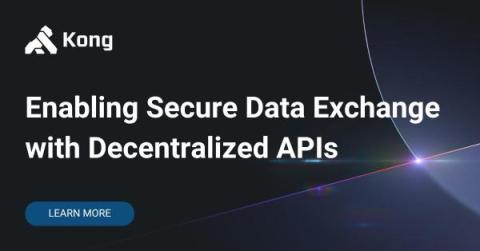Managing Application Auth for Different Audiences
Let’s pose a hypothetical scenario. You're the API product owner at the Paris, Texas Regional Airport. You're in charge of two main APIs: Flights API and Scheduling API. Flights API is primarily used by local research institutions that are interested in read-only access to information about departures and arrivals. Scheduling API is primarily used by airline partners who are interested in updating information about their flights and gates.


